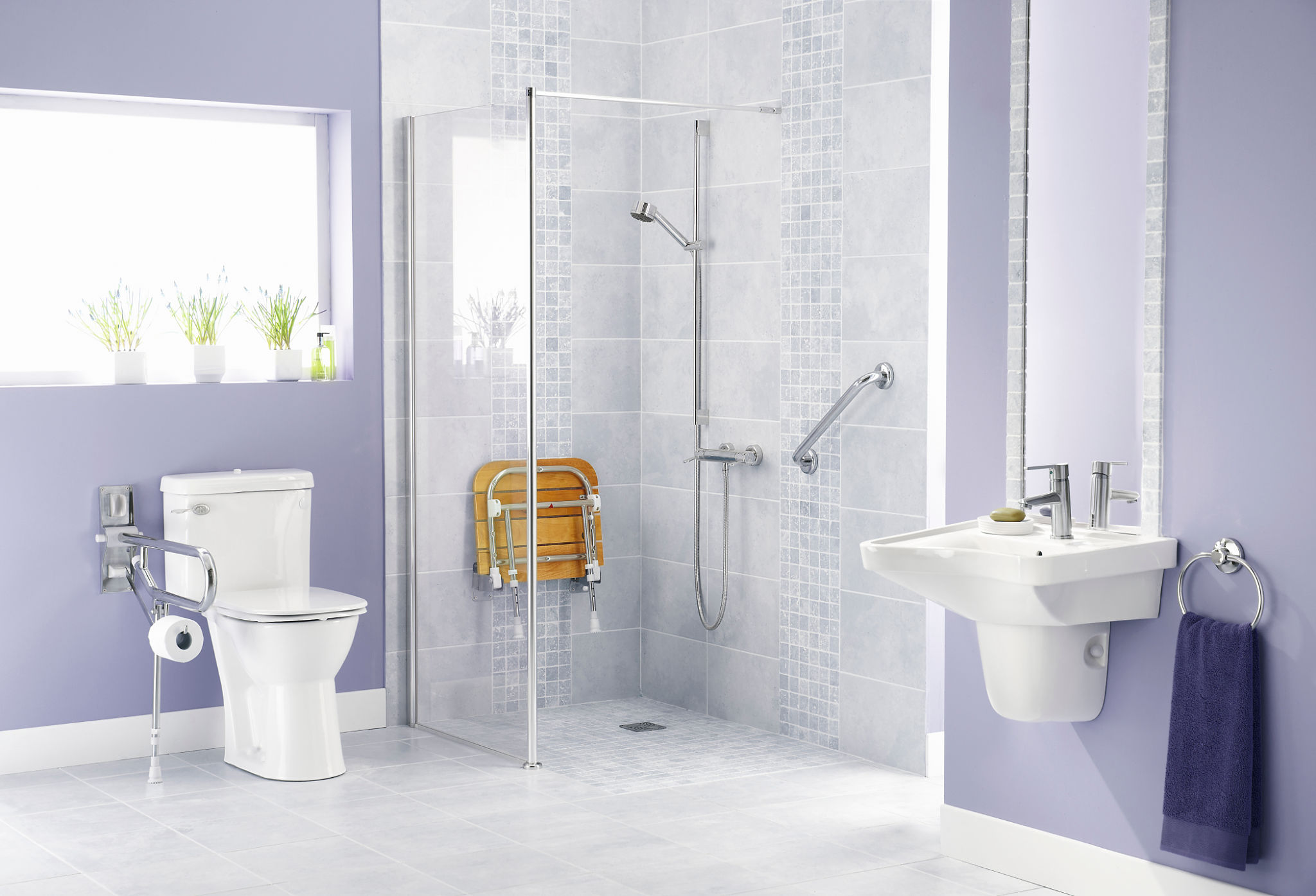The Ultimate Guide to Aging in Place: Essential Home Modifications for Comfort
Understanding Aging in Place
Aging in place is becoming an increasingly popular choice among seniors who wish to maintain their independence while staying in the comfort of their own homes. This lifestyle choice requires thoughtful home modifications to ensure safety, accessibility, and comfort. Whether you're planning for yourself or helping a loved one, understanding the essential changes can make the transition smoother and more enjoyable.

Enhancing Accessibility
Improving accessibility is a top priority when modifying a home for aging in place. Start by evaluating entrances and exits. Consider installing ramp access instead of stairs and ensure doorways are wide enough to accommodate wheelchairs or walkers. For multi-level homes, stairlifts or residential elevators can offer a safe solution.
Inside the home, focus on creating open spaces that allow for easy movement. Rearrange furniture to avoid cluttered pathways and ensure that common areas are well-lit to prevent trips and falls. Lever-style door handles and faucets can also make daily tasks easier for those with reduced hand strength.
Bathroom Safety Modifications
The bathroom is often the most hazardous room in the home for seniors. To enhance safety, consider installing grab bars near the toilet and in the shower or bathtub. Non-slip mats on floors and inside the tub can help prevent accidents, while a walk-in shower or tub can eliminate the need for difficult maneuvers.

Additionally, consider replacing traditional toilet seats with raised models to reduce strain on knees and hips. Shower benches or stools provide stability and comfort for those who may tire easily while standing.
Improving Kitchen Usability
The kitchen should be both functional and safe for seniors aging in place. Rearrange frequently used items to be at waist level, reducing the need for bending or reaching. Installing pull-out shelves and lazy susans can also improve accessibility.
Consider replacing traditional stoves with induction cooktops that remain cool to the touch, minimizing the risk of burns. Ensure that all kitchen appliances have easily accessible controls, which are visible and simple to operate.

Smart Home Technology
Modern technology can play a crucial role in enhancing comfort and safety for seniors. Smart home devices such as automated lighting, programmable thermostats, and voice-controlled assistants can make daily life more convenient. For added security, consider installing smart locks and video doorbells.
Medical alert systems are another valuable addition, offering peace of mind by allowing seniors to call for help quickly in an emergency. These systems often come with wearable devices, which are particularly useful for those living alone.
Regular Maintenance and Upkeep
Once modifications are made, regular maintenance becomes essential to ensure ongoing safety and comfort. Schedule routine checks for potential hazards like loose handrails or uneven flooring. Keep emergency contact numbers readily available, and have a plan in place for regular communication with family members or caregivers.
By making these essential home modifications, you can create a safe and comfortable environment that supports independence and enhances quality of life as you or your loved ones age in place.